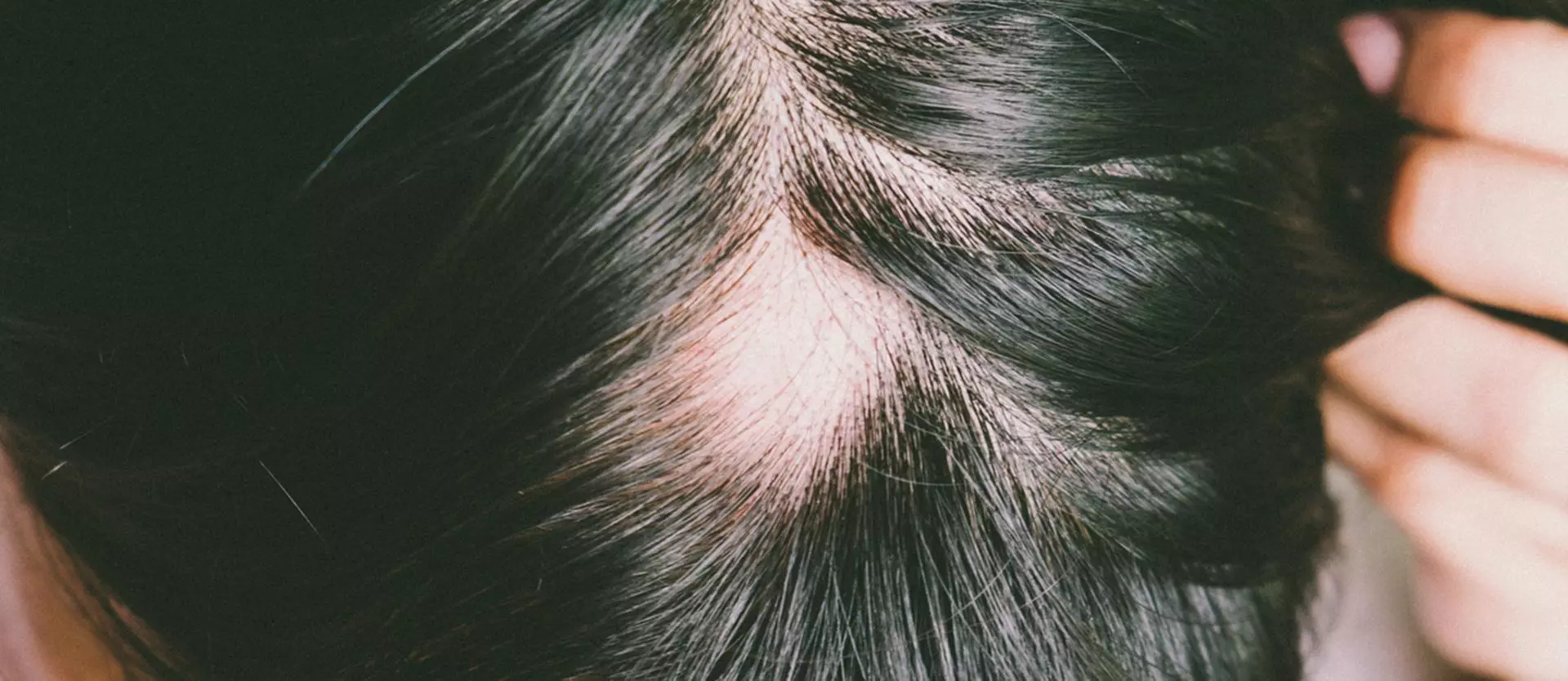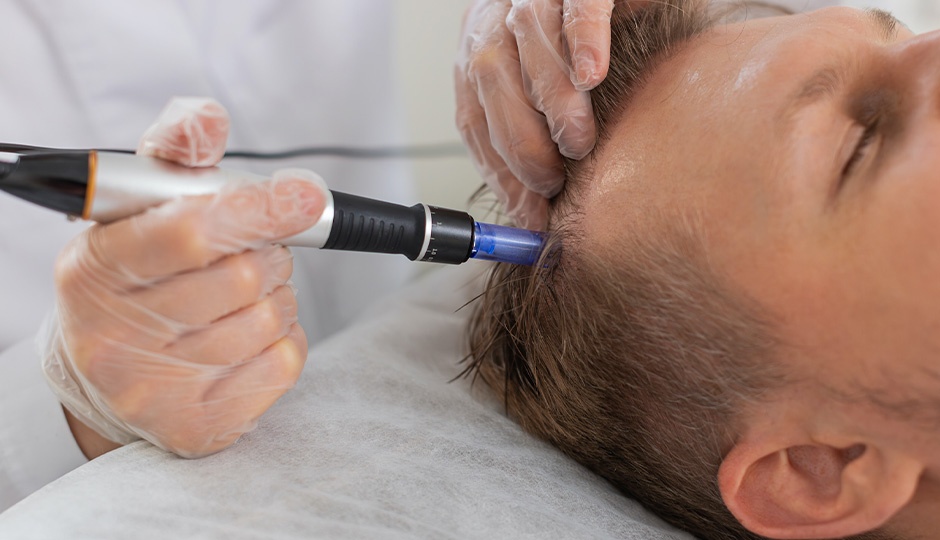What do you know about alopecia areata? Unless you have been formally diagnosed by a doctor for this condition, you may not know if you have it. Yet, it is one of the most common reasons women lose hair. It can impact both men and women. More than 200,000 new cases are diagnosed in the United States each year. For women who are wondering about it or what it could mean for them, there are some important things you should know about it. Consider a quick look at what can happen to individuals who have this condition.
What Is Alopecia Areata?
Alopecia areata is a type of disease. It occurs when the hair follicles are attacked by the body’s immune system. What most people do not recognize is that doctors do not fully understand why this occurs. However, when there is damage to the hair follicles, which is the small opening in your scalp that grows hair, the hair cannot be held into place any longer. As a result, the hair falls out. Most of the time, the condition will create small, round patches of hair that are missing. These areas can be completely bald. Usually, it is no bigger than the size of a quarter, but it can be significantly worse than this.
It Can Grow Back
Many people with this condition will notice their hair fall out at a rapid pace, but it still takes time. The condition does not cause hair to fall out in large bunches at a time. However, the skin can become virtually bald with very little hair present. Some people will have small amounts of hair remaining in that patch. In some cases, it will grow back to the normal level present.
It Is Not Uncommon
Many men and women experience alopecia areata. However, the condition nearly always begins in childhood. Anyone of any age can begin to show symptoms. In some situations, it can be hard to notice in children who have a lot of hair, though. It is estimated that about two percent of all Americans – women, men, and children – have alopecia areata or have had it at some point in their life. The condition can be a confusing one, and it can be worrisome to an individual who just learns it is happening to them.
Do You Have a Disease?
While alopecia areata is a disease itself, it does not stem from any type of underlying condition. That is, if you lose hair like this, you do not have cancer or another type of condition. In fact, most people who have it do not feel any type of pain. They do not feel sick. They may not even notice it until they find the bald spot on their heads. Unfortunately, the environment, inflammation, stress and sometimes genetics are considered the main causes of this condition – though doctors are not sure what causes it.
How Is It Treated?
Here is one of the hard parts about alopecia areata. The condition does not have a cure. There is no way to know hair will fall out again or when. There is also no way to know if it will grow back. There may be some types of medications that can help to encourage hair growth available to you. These may be available from your doctor. However, many are limitedly beneficial. Over the counter treatments for hair loss may not be as effective in this case. Going to the doctor for a formal diagnosis is important.
You Can Overcome It
The best news is that most people do overcome alopecia areata. If you have an area of hair loss that is noticeable, you can learn to style your hair in a new way to minimize its appearance. If you have a hidden area of hair loss, you may not need to do this. For men and women with the condition in a severe form, head bands, scarves, wigs and hair prosthetics are a good option. With the help of your hair stylist, you can find more than one way to improve the look of your skin’s condition until it clears up or improves on its own.
If you or a loved one has been diagnosed with alopecia areata and would like to know your options on camouflaging the areas of hair loss. Contact the team at Unique Hair Concepts for a complimentary, private consultation.






